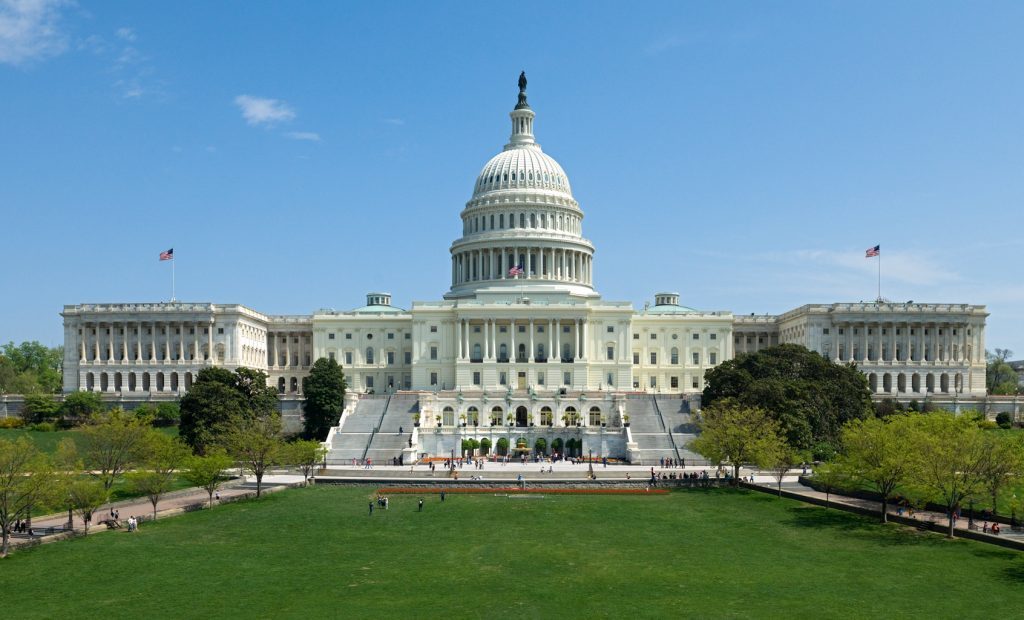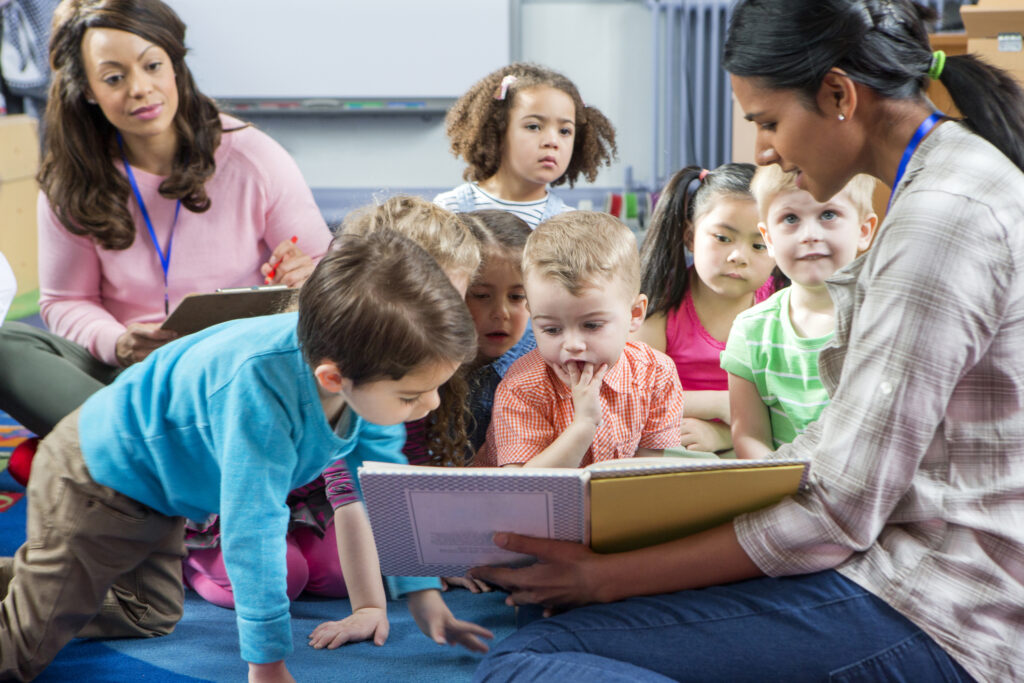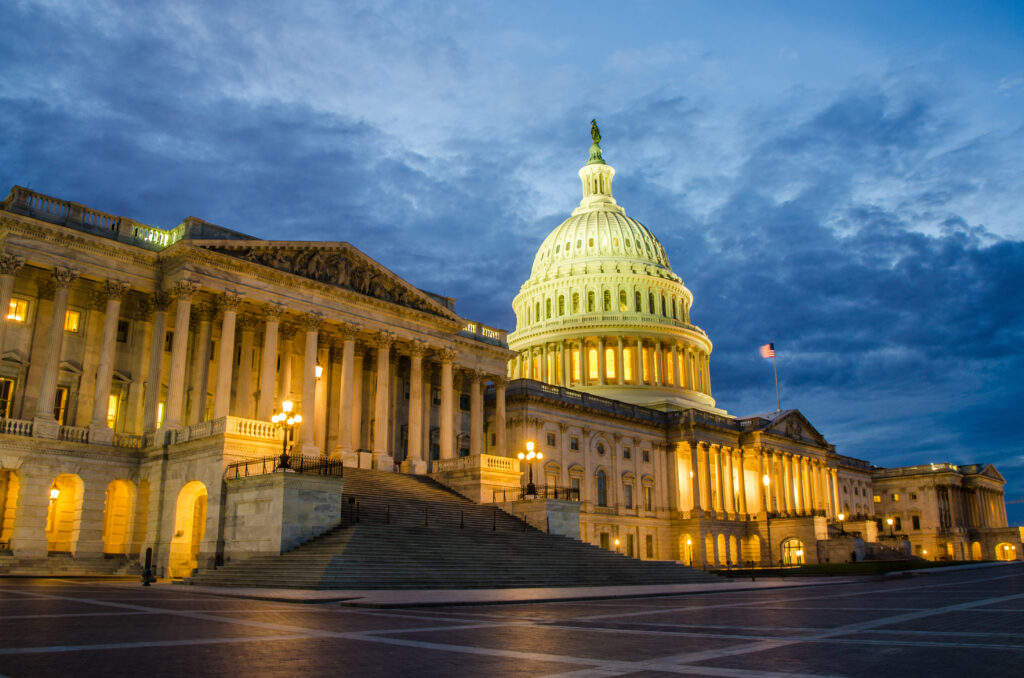STATE OF PLAY: Appropriations

Update – 12/4/25
Where We Are
With the holidays approaching and just 57 days until the January 30 funding deadline, Congress has a very narrow window to act. Without a full-year deal, families, children, and early learning programs could again face uncertainty, putting access to child care and early learning at risk.
What’s Next
The Senate has advanced a FY26 Labor–HHS–Education bill that includes modest but critical funding increases for both CCDBG and Head Start. While timing remains uncertain and action may slip into next year, this bill is essential to ensuring these programs can operate nationwide and meet growing needs.
Why It Matters — And What Congress Needs To Do
Families and providers have already endured significant hardship and instability. Temporary fixes and short-term extensions will prolong that instability. Children, families, and providers need reliability and certainty, not more stopgap measures.
The Ask: Congress must pass the Senate FY26 Labor–HHS–Education bill to deliver full-year funding for CCDBG and Head Start and avoid another round of disruption.
What Advocates Can Do
Contact your members of Congress today and urge them to prioritize this bill and protect the early learning programs families rely on.
Learn more about what’s at stake, and how instability impacts children and families here:
- FFYF Statement on the end of the 2025 federal shutdown and the need for a full-year spending bill to provide funding and stability for parents, children and providers.
- Funding for Key Early Learning Programs: A chart with FY2026 funding specifics, including FY24/25 funding levels, White House asks, the child care community’s ask, and the House and Senate appropriators asks.
- FY26 Early Learning and Child Care Appropriations Letters: Dear Colleague letters from Republicans and Democrats with funding asks for child care and early learning programs.
Update – 11/17/25
On November 12, Congress ended the federal shutdown after 43 days by passing a Continuing Resolution to fund the government through January 30. Next up: Congress will look to pass full-year spending bills for FY26 before the January deadline, including funding for child care and early learning programs including the Child Care and Development Block Grant (CCDBG) and Head Start.
What We’re Watching
Senate Majority Leader John Thune announced the Senate is preparing to consider Appropriations bills, including the Labor-HHS-Education bill proposed in July.
As a reminder, this bill included increased funding for both CCDBG and Head Start (details below.) These programs have a long history of bipartisan support and are vital to helping families find and afford the quality care their children need to learn and thrive.
The Ask
FFYF is urging Congress to act quickly to provide increased stability for families, children, and programs by passing the Senate FY26 Labor-H appropriations bill that prioritizes funding for child care and early learning programs for a full year.
(This simple toolkit makes it easy for advocates and partners to share and take action – pass it on!)
Learn More
- FFYF Statement on the end of the 2025 federal shutdown and the need for a full-year spending bill to provide funding and stability for parents, children and providers.
- Funding for Key Early Learning Programs: A chart with FY2026 funding specifics, including FY24/25 funding levels, White House asks, the child care community’s ask, and the House and Senate appropriators asks.
- FY26 Early Learning and Child Care Appropriations Letters: Dear Colleague letters from Republicans and Democrats with funding asks for child care and early learning programs.
Update – 9/3/25
Each year, Congress determines funding levels for all federal defense and non-defense discretionary programs, including those that support the care and education of children from birth through age five. Traditionally, subcommittees within the House and Senate Appropriations Committees develop their own legislation that sets funding levels for the programs within their jurisdiction, which is then taken up by the full Appropriations Committees, and later the full legislative body, before a negotiation process between the two chambers of Congress and ultimately the president’s signature.
WHERE WE ARE
HOUSE: On September 2, 2025, the House Labor, Health and Human Services, Education, and Related Agencies Appropriations Committee marked up its FY2026 budget proposal, including funding for child care and early learning programs. The bill proposed:
- Child Care and Development Block Grant (CCDBG): Level funding at $8.746 billion;
- Head Start: Level funding at $12.272 billion;
- Preschool Development Grants Birth through Five (PDG B-5): Eliminated.
This mirrors the proposal put forward in May 2026 from the White House.
SENATE: The Senate has proposed more robust funding for child care and early learning programs. In July 2025, Senate Appropriators set the overall Labor-HHS spending number for FY2026 at $197 billion, which includes a $170 million increase for early learning programs over fiscal year 2025, including:
- CCDBG: $8.83 billion – an $85 million increase over fiscal year 2025.
- Head Start: $12.36 billion, an $85 million increase over fiscal year 2025.
- PDG B-5: $315 million, level with FY25.
WHAT WE’RE WATCHING
Hill watchers are keeping an eye on three things in the coming months.
1. End of the 2025 Fiscal Year. The federal fiscal year ends on September 30th. On that date, Congress must either pass a funding bill, pass a Continuing Resolution (which keeps the government funded for a specific amount of time), or funding lapses and we have a government shutdown..
2. A potential rescissions package. Congress and the White House have the authority to rescind funding previously appropriated by Congress. Rumored rescissions packages have raised tensions on the Hill as lawmakers navigate the FY26 appropriations process.
3. A potential government shut down. Hill watchers are keeping an eye on negotiations between Democrats and Republicans, the House and Senate, and Congress and the White House, all of which could have a serious impact on the September 30 funding deadline and the threat of a government shutdown on October 1.
We’ll keep you informed as we know more! And in the meantime, here are a few resources for a deeper dive:
- STATEMENT: FFYF Executive Director Sarah Rittling on House Markup of FY26 Funding Levels for Child Care and Early Learning Programs.
- Funding for Key Early Learning Programs: A chart with FY2026 funding specifics, including FY24/25 funding levels, White House asks, the child care community’s ask, and the House and Senate appropriators asks.
- FY26 Early Learning and Child Care Appropriations Letters: Dear Colleague letters from Republicans and Democrats with funding asks for child care and early learning programs.
- ABCs of Federal Early Learning and Child Care Funding Streams: An overview of how child care and early learning programs work together.
Subscribe to FFYF First Look
Every morning, FFYF reports on the latest child care & early learning news from across the country. Subscribe and take 5 minutes to know what's happening in early childhood education.



